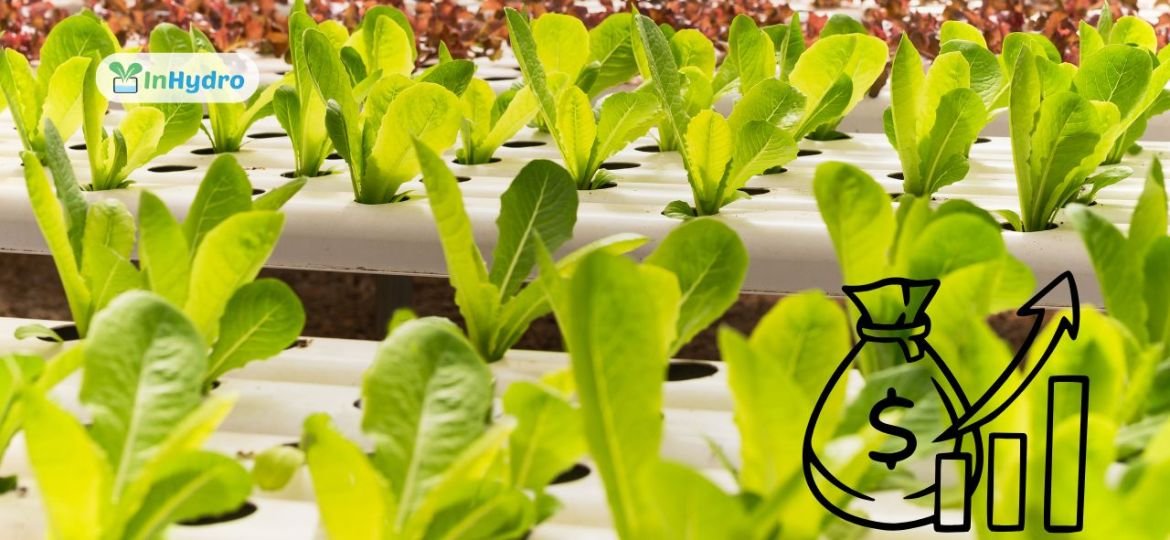
How to Secure Government Grants & Subsidies for Hydroponic Farming
Hydroponic farming is gaining traction as a sustainable, space-efficient, and water-conserving agricultural method. However, setting up a hydroponic farm requires substantial investment in infrastructure, technology, and operational costs. To encourage modern farming practices, governments worldwide offer various grants, subsidies, and financial incentives to support hydroponic growers.
If you’re an aspiring hydroponic farmer looking to secure government funding, this guide will walk you through the key steps, available programs, and best strategies to maximize your chances of receiving financial assistance.
Understanding Government Grants & Subsidies for Hydroponics
Governments promote hydroponic farming as part of their efforts to enhance food security, promote sustainable agriculture, and support innovative farming technologies. Funding programs typically fall into these categories:
- Capital Investment Subsidies: Grants for setting up hydroponic farms, including infrastructure, greenhouses, and equipment.
- Operational Subsidies: Support for purchasing fertilizers, nutrients, and other ongoing expenses.
- Technology & Research Grants: Funding for implementing smart farming technologies, automation, and precision agriculture.
- Training & Skill Development Grants: Assistance for farmers to learn hydroponic techniques through workshops and certification programs.
- Sustainability Incentives: Grants promoting eco-friendly practices such as water conservation, renewable energy use, and organic crop production.
Understanding the type of funding available in your country or state is the first step toward applying successfully.
Key Government Schemes & Programs for Hydroponic Farming
While the availability of grants varies by country, many governments actively support hydroponic farming. Here are some common funding sources:
India
- NABARD (National Bank for Agriculture & Rural Development): Offers subsidized loans and financial assistance for sustainable setups.
- National Horticulture Board (NHB) Subsidies: Provides 50% to 75% subsidies for protected cultivation, including hydroponics.
- PM-Kisan Samman Nidhi: Provides direct income support to farmers, which can be used for hydroponic farming inputs.
- Agri-Clinics & Agri-Business Centers (ACABC) Scheme: Grants for agripreneurs establishing hydroponic farms as a business.
United States
- USDA (United States Department of Agriculture) Grants: Supports small-scale hydroponic farmers through funding programs like the Sustainable Agriculture Research & Education (SARE) grants.
- NRCS (Natural Resources Conservation Service) Environmental Quality Incentives Program (EQIP): Offers financial aid for water-efficient hydroponic systems.
- Local & State-Level Agriculture Incentives: Many states have hydroponics-specific funding under urban agriculture or controlled-environment farming programs.
European Union
- EU Green Agriculture Grants: Funding for hydroponic projects focusing on sustainability and resource efficiency.
- Horizon Europe Program: Provides research grants for innovation in soilless agriculture and urban farming.
Other Countries
- Australia: The government provides funding under the National Landcare Program for water-efficient farming methods, including hydroponics.
- Canada: Offers AgriInnovate and AgriScience programs to encourage innovation in farming, including vertical farming and hydroponics.
Always check your country’s agriculture or rural development department for the latest grant announcements.
How to Apply for Hydroponic Farming Grants
Applying for government funding requires careful planning and a structured approach. Follow these steps to improve your chances of securing a grant:
Step 1: Identify the Right Grant or Subsidy
- Research available funding programs in your country or state.
- Understand eligibility criteria (some grants are for startups, while others are for experienced farmers).
- Check if your hydroponic farm meets size, technology, and sustainability requirements.
Step 2: Prepare a Strong Business Plan
A well-documented business plan is crucial for grant approval. Include:
- A clear objective (e.g., setting up a commercial hydroponic farm)
- Expected costs (infrastructure, equipment, labor)
- Revenue model (what crops you’ll grow, where you’ll sell)
- Sustainability plan (efficient water use, eco-friendly practices)
- Market research (demand for hydroponic produce in your region)
Step 3: Gather Required Documents
Most grants require supporting documents such as:
- Farm registration documents
- Land ownership or lease agreement
- Project cost estimates and quotations
- Bank statements or financial records
- Environmental compliance certificates (if applicable)
Step 4: Submit Your Application & Follow Up
- Fill out the application form carefully.
- Attach all necessary documents.
- Follow up with the grant agency to track your application’s progress.
- If rejected, ask for feedback and improve your application for the next round.
Tips to Increase Your Chances of Approval
- Align with Government Priorities – Many grants prioritize sustainability, water conservation, and food security. Highlight these aspects in your proposal.
- Leverage Partnerships – Collaborate with agricultural universities, research institutions, or agritech startups for better chances of approval.
- Showcase Innovation – Governments are more likely to fund smart, tech-driven hydroponic projects. Use automation, AI-driven nutrient monitoring, or renewable energy solutions to stand out.
- Apply Early – Grants often have deadlines, and early applications have higher chances of getting approved.
- Seek Expert Help – Consult with agriculture finance advisors or hydroponic consultants to refine your grant proposal.
- Beyond Grants: Other Funding Options for Hydroponic Farming
While government grants and subsidies are helpful, they may not cover all costs. Consider additional funding options such as:
- Agri-Business Loans – Offered by banks and rural development programs for commercial hydroponic farms.
- Crowdfunding & Investor Support – Platforms like Kickstarter, Indiegogo, or angel investors can help fund innovative hydroponic projects.
- Corporate Sponsorships – Many food brands support sustainable farming initiatives and may provide funding or partnerships.
- Agri-Tech Incubators & Startups – Joining an agripreneurship program can provide funding, mentorship, and business support.
Conclusion
Securing government grants and subsidies for hydroponic farming is a great way to reduce investment costs and boost farm profitability. By identifying the right grant, preparing a compelling business plan, and following a structured application process, you can increase your chances of securing financial assistance.
With hydroponic farming being recognized as a sustainable and future-ready solution, now is the perfect time to explore government support and turn your hydroponic farm into a thriving business.
Start your funding journey today and bring your hydroponic farm to life!

